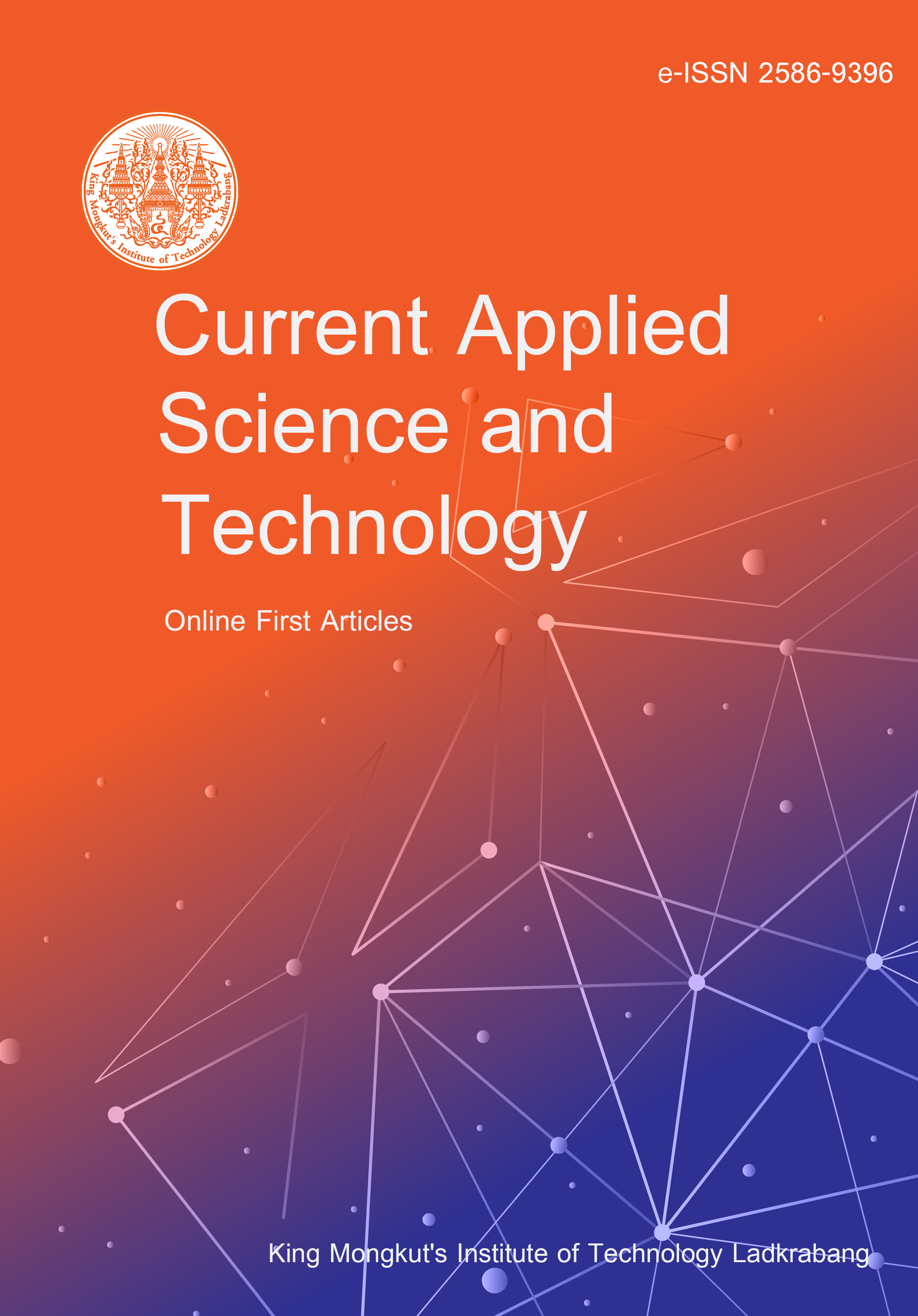The yield and characteristics of collagen from Nile tilapia scale pretreated with ultrasound at 40 kHz for 2 h before pepsin-aided extraction for 12-72 h (US collagen) were investigated compared to collagen from the scales without ultrasonic pretreatment (non-US collagen). Both collagens' yields increased with prolonged extraction time (P<0.05). Nevertheless, the yield of ultrasound-pretreated collagen (2.20-4.31%) was approximately 2 times greater than that of collagen without ultrasonic pretreatment (1.06-2.03%) (P<0.05). The amino acid compositions of both collagens were comparable, consisting mainly of glycine, alanine, proline, and hydroxyproline (329-330, 115,119, 114-116, 85 residues per 1000 residues, respectively), and both were classified as type I collagen. Moreover, the thermal transition temperatures (39.38-39.43°C) and enthalpy (0.55 J/g) were comparable between both collagens (P>0.05). Analysis of the FTIR spectra indicated that the ultrasonication pretreatment of the scale before the collagen did not alter the triple-helical structure of the collagen. Therefore, pretreatment of the Nile tilapia scales with ultrasonication before the pepsin-aided process could increase yield without significantly affecting the characteristics and triple-helical structure of the collagen.
Kittiphattanabawon, P. ., Kishimura, H. ., Benjakul, S. ., & Visessanguan, W. . (2025). Yield and Properties of Collagen from Nile Tilapia (Oreochromis niloticus) Scales: Effects of Ultrasonic Pretreatment on Pepsin-Aided Extraction. CURRENT APPLIED SCIENCE AND TECHNOLOGY, e0266314. https://doi.org/10.55003/cast.2025.266314

